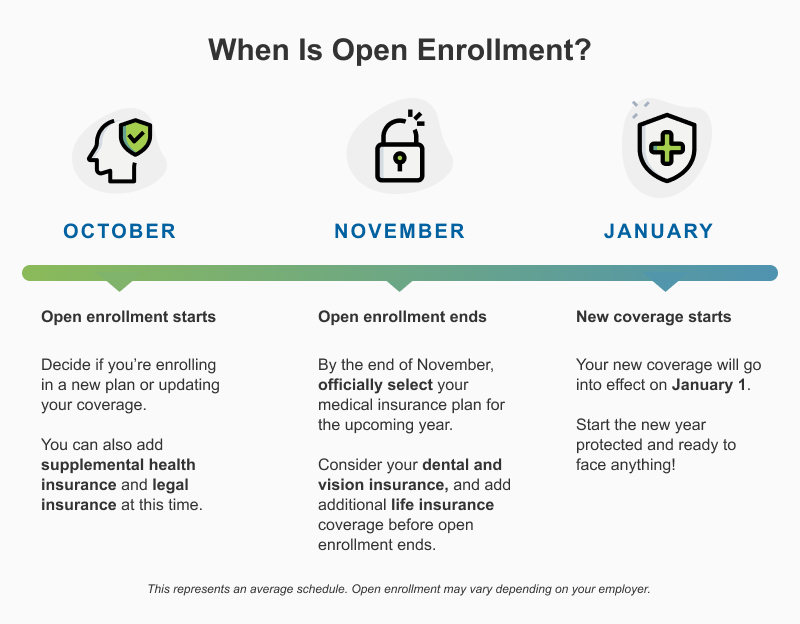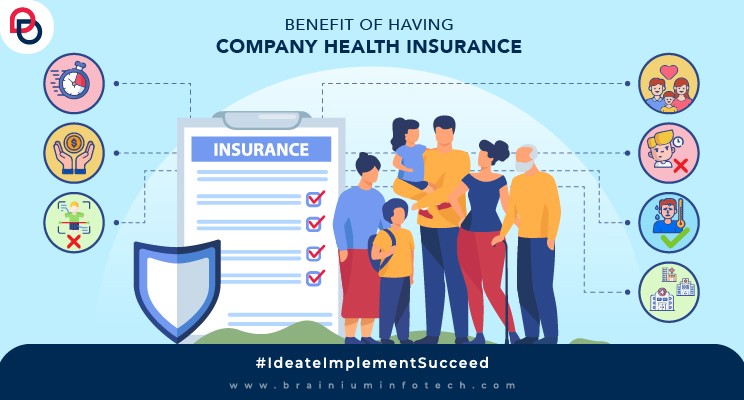Some Known Facts About Medicare Advantage Agent.
Table of ContentsMedicare Advantage Agent Fundamentals ExplainedGetting The Medicare Advantage Agent To Work5 Easy Facts About Medicare Advantage Agent Explained

complies with from confusing the fairly young age account of the without insurance with the much better health and wellness, usually, of more youthful persons. This covers the link in between health standing and health and wellness insurance. For those without accessibility to workplace wellness insurance coverage, inadequate health and wellness is a potential barrier to purchasing nongroup protection because such protection might be extremely valued, omit pre-existing conditions, or be just unavailable. The number of without insurance Americans is not especially huge and has not transformed recently. Seven out of ten participants in a country wide depictive study thought that less Americans lacked medical insurance than really do(Fronstin, 1998). Approximately fifty percent(47 percent )believed that the number of individuals without medical insurance lowered or remained continuous over the last half of the last years(Blendon et al., 1999). This drop of practically 2 million in the variety of individuals 'without insurance policy (a reduction
of about 4 percent)is definitely a favorable modification. With a softer economic situation in 2000 the current reported gains in insurance coverage might not proceed(Fronstin, 2001 ). The decrease in the variety of without insurance will certainly not continue if the economy stays slow-moving and healthcare prices proceed to outpace inflation. This is because the data were gathered for a period of strong economic performance. Of the estimated 42 million individuals that were without insurance, almost about 420,000(regarding 1 percent)were under 65 years old, the age at which most Americans come to be qualified for Medicare; 32 million were adults between ages 18 and 65, about 19 percent of all adults in this age; and 10 million were children under 18 years of age, regarding 13.9 percent of all kids (Mills, 2000). These quotes of the number of persons uninsured are generated from the yearly March Supplement to the Existing Populace Survey (CPS), performed by the Demographics Bureau. Unless or else kept in mind, nationwide quotes of people without health insurance and proportions of the populace with different kinds of coverage are based upon the CPS, one of the most commonly used resource of quotes of insurance protection and uninsurance prices. These surveys and the estimates they produce are explained briefly in Table B. 1 in Appendix B - Medicare Advantage Agent. These surveys vary in dimension and tasting techniques, the questions that are asked about insurance policy
Medicare Advantage Agent - The Facts
coverage, and the time duration over which insurance coverage or uninsurance is gauged(Lewis et al., 1998, Fronstin, 2000a ). Still, the CPS is especially valuable because it creates yearly estimates reasonably quickly, reporting the previous year's insurance policy protection estimates each September, and since it is the basis for a regular set of quotes for even more than 20 years, enabling evaluation of fads in coverage gradually.

The Only Guide for Medicare Advantage Agent
Over a three-year period starting early in 1993, 72 million people, 29 percent of the U.S. populace, lacked coverage for at the very least one month. Within a solitary year(1994), 53 million individuals experienced a minimum of a month without protection(Bennefield, 1998a). 6 out of every ten uninsured grownups are themselves employed. Working does improve the possibility that one and one's household participants will have insurance, it is not a warranty. Also participants of households with 2 full time breadwinner have almost a one-in-ten opportunity of being uninsured (9.1 percent without insurance rate)(Hoffman and Pohl, 2000 ). The relationship in between medical insurance and access to care is well established, as documented later in this phase. Although the relationship between medical insurance and wellness results is neither straight nor simple, an extensive professional and health services research study literary works links health and wellness insurance policy protection
to better access to care, better high quality, and boosted individual and populace health status. As an example, the second record, on individual wellness end results for without insurance grownups, is represented by the innermost circle of the figure, while the 3rd record, on family members health, incorporates the topics of the second report yet stresses a various system of analysis, namely, the family members. The 6th record in the series will certainly provide information about strategies and campaigns embarked on locally, statewide, or across the country to attend to the lack of insurance and its damaging effects. Degrees of analysis for examining the effects of uninsurance. This conversation of health and wellness insurance protection focuses largely on the U.S. populace under age 65 because basically all Americans 65 and older have visit this website Medicare or other public coverage.
Moreover, it concentrates specifically on those without any health and wellness insurance policy for any kind of size of time. The problems faced by the underinsured are in some respects similar to those faced by the uninsured, although they are generally much less extreme. Uninsurance and underinsurance, nonetheless, entail clearly various plan problems, and the methods for addressing them may differ. Throughout this study and the 5 records to comply with, the primary emphasis is on persons with no health and wellness insurance and therefore no support in paying for healthcare past what is offered with charity and safeguard establishments. Wellness insurance coverage is a powerful factor impacting receipt of care due to the fact that both people and medical professionals react to the out-of-pocket cost of services. Wellness insurance coverage, nevertheless, is neither necessary neither adequate to access to medical services. However, the independent and direct effect of wellness
insurance protection on access to wellness services is well developed. Others will get the health treatment they need also without wellness insurance, by spending for it out of pocket or seeking it from providers who use treatment cost-free or at extremely subsidized rates. For still others, health and wellness insurance alone does not make certain receipt of treatment because of other nonfinancial obstacles, such as an absence of healthcare carriers in their neighborhood, minimal access to transport, illiteracy, or etymological and cultural differences. Official study about uninsured populaces in the USA dates to the late 1920s and early 1930s when the Committee on the Expense of Treatment produced a series of reports concerning funding physician office brows through and hospitalizations. This problem came to be salient as the numbers of medically indigent climbed up throughout the Great Clinical depression. Empirical studies regularly support the web link in between accessibility to care and boosted health outcomes(Bindman et al., 1995; Starfield, 1995 ). Having a regular source of treatment can be considered a predictor of gain access to, instead of a straight action of it, when wellness end results are themselves used as access indicators. This extension of the notion of access measurement was made by the IOM Committee on Keeping Track Of Gain Access To to Personal Health Treatment Provider(Millman, 1993, p. Whether moms and dads are guaranteed shows up to impact whether or not their children receive treatment along with just how much careeven if the youngsters themselves have protection(Hanson, 1998). The health and wellness of parents can affect their ability to care for their youngsters and the degree of household anxiety. Stressing over their children's accessibility to care is itself a resource of tension for parents. 3 phases comply with in this report. Phase 2 supplies a click here for info summary of how employment-based health insurance policy, public programs and private insurance plan run and communicate to provide extensive however insufficient coverage of the U.S. population. This includes a review of historic fads and public policies influencing both public and personal insurance, a conversation of the interactions amongst the different kinds of insurance, and an examination of why individuals move from one program to one more or wind up
